The video signals coming from the Commodore 64 have always been challenged by inherent ‘clock noise’ of the VIC-II graphics chip and the color bleeding of the S-video signal. The problems are easily recognized in the form of vertical lines (banding artifacts) or as a checkered pattern spanning across most of the TV screen. An easy way to overcome this is by adding a LumaFix64 device as described in details here (link). For those who love to solder, a more radical approach is to remove and replace the entire Commodore 64 RF modulator box. As the RF modulator holds the circuitry necessary for S-video output (luminance and chrominance) it therefore cannot be removed without some kind of replacement circuit. Four years ago I tested such a replacement device with a not-so-great result (link). However, as time has passed quite a few hardware tinkers have come up with better and improved solutions that can be purchased ready-to-install or have made their PCB drawings available as open source. So all I needed was an excuse to start hording new C64 RF modulator replacement devices and start testing…
…and guess what? My newly build SixtyClone C64 Replica (link) was the perfect excuse for doing just that. For the non-esoteric reader, the SixtyClone is a reverse engineered replica of the orignal Commodore 64 motherboard PCB. My copy is a replica of the Assy 250466 (link) which is the last ‘longboard’ motherboard revision before Commodore downsized their PCB’s to what is known as the ‘short boards’, i.e. Assy 250469 (link).
After a few months of patiently waiting for the postal services to deliver small packets from around the world, I managed to gather a total of four different C64 RF modulator replacement devices. For easy swapping between the modulators, some sockets were installed into my Commodore 64 SixtyClone Replica. The initial tests were carried out using my good old Bang and Olufsen mx4000 CRT TV. This Danish design beauty has superior sound in comparison to most modern-day TV-sets. But even more importantly, the video signals from the C64 match the image resolution of the TV perfectly. I therefore had a really hard time differentiating between the signal changes among the different RF modulators. However, as most people use flat-screen TVs (with an upscaler) for their C64 adventures, I therefore did all my tests using such a device and an LCD screen. Below is a small review of each of the four boards. Welcome to the C64 RF modulator Battle!!!
Video Upscaler
For the tests I used this cheap S-video/composite video to HDMI upscaler and an LCD monitor. I used a C64 cable that holds both S-video and Composite plugs. This way I could easily switch between output signals of the Commodore 64 by the push of a button.
The Original RF Modulator by Commodore
It is always good to have a Gold Standard or a reference when doing any type of testing. In this context, an original Commodore 64 RF modulator box was used. As we all know, this device is bulky, often rusty, certainly ugly and the aerial antenna output is completely obsolete with modern-day TV-sets.
The Shuriken by Commodore4Ever
First up was a device called the Shuriken due to the shape imitating the ninja star weapon. The device is made by Commodore4Ever (link). It costs 20 USD plus shipping from the US and it is available in various colors. I got mine in a silky-smooth black color. The Shuriken does not hold any output sockets meaning that the aerial connection is no longer available. As the best possible video signal coming from the C64 is the S-video anyways, this is absolutely no problem. All I care about is improving the S-video signal.
The Shuriken gave me both S-video and composite output without any issues.
The RF OUT! by arananet
The second RF modulator is called RF OUT! and is created by Eduardo Arana from arananet.net (link). The device was provided free of charge for this review. The RF OUT! consists of two parts. A main part for short boards (Assy 250469’s) and an extension part for use in Commodore 64 longboards (Assy 250407, 250425 etc.). It costs 18 Euro + shipping from Spain.
The RF OUT! holds a female socket for Composite signal output and a 3.5mm audio jack socket. It even has a jumper (SJ1) for stereo output if e.g. there is a dual SID configuration on the C64 motherboard. So what about S-video output? Well, there are pinouts on the PCB for addding a S-video connection if needed. However, I simply used the standard S-video output directly from the C64, so I did not test this option. Furthermore, as I simply tested the video quality of the device, I did not add the extension PCB that would bring the sockets of the RF OUT! to the edge of the C64 case either. Wanted to keep things as simple as possible for the tests.
Before installing the device, the voltage at PIN 1 and Ground has to be measured. If 5 VDC is measured, then all four pins on the RF OUT! (PIN1-8) can be connected to the C64 motherboard. However, if 12 VDC or 9 VAC is measured, then PIN 1 has to be removed by either cutting or desoldering it. In that case, a 5 VDC source has to be added to the board. This can be done by using the EXTPWR connection on the RF OUT!. I got about 11VDC on PIN 1 so I simply cut the pin down. I used an external power supply to make sure I got the correct voltage. A 5 VDC source from the motherboard would obviously be called for if the device should be installed permanently. This can be found several places on any C64 motherboard.
The RF OUT! gave me both S-video and composite output without any issues.
The C64 Video Enhancement, Analog only by C0pperdragon
The next RF modulator I tested is called the C64 Video Enhancement, Analog Only and is created by C0pperdragon (link). The device is a simple replacement for the original bulky RF modulator while keeping the C64 AV port functional. It is a simple and a cheap solution to improve the original video signals (luma, chroma, composite). All technical information (Gerbers/BOM file) of that device along with all files needed to make your own can be found using the provided link above.
I purchased the device from a friendly guy on Forum64.de named $FFF6. I paid about 10 Euro + shipping from Germany so it was quite cheap. The device came with the pin headers unsoldered for safe shipping so I had to solder those myself. The pin headers should be soldered into specific sockets depending on what C64 motherboard version it will be used in (longboard or short board). As my motherboard is an Assy 250466 longboard I used the holes labeled accordingly. Also, when used in longboards, JPLUM1 has to be closed.
After about 1-2 minutes of soldering the device was ready for testing. I also soldered in a pin header to the ground connection (GND1) and connected it to the C64 motherboard before testing. The device is the smallest of the tested RF modulators.
The C64 Video Enhancement, Analog Only also gave me both S-video and composite output without any issues. However, when being used along with The VIC-II² PAL/NTSC Switch (link), all video outputs were destroyed – the screen would simply go black. The VIC-II² PAL/NTSC Switch makes it possible to swap between NTSC and PAL video output by the flick of a button. As most games and demos I run on my machines are PAL, this was not an issue to me.
The C64 RF Modulator Replacement by mbarszcz-pcb
The last RF modulator device I tested is called the C64 RF Modulator Replacement and is created by mbarszcs-pcb (link). The board is also intended as a replacement of the original C64 RF modulator box. The main difference from the above RF modulators is that it provides adjustable luma and chroma output potentiometers to fine-tune the S-video signal. Just like the LumaFix64! Thus, the device can theoretically help reduce or eliminate the vertical lines or checker patterns artifacts. It should be noted that composite video output remains at a fixed outout level regardless of the position of the luma and chroma potentiometers. It is compatible with all C64 motherboard revisions except for the early 326298-01 boards with the five pin AV Output.
All PCB information (Gerbers/BOM file) needed to build the device can be found in the provided link above. As I could not find anyone who had these for sale I simply ordered a few copies from a PCB manufacturer.
The C64 RF Modulator Replacement also gave me both S-video and composite output without any issues. However, I never managed to get the potentiometers to change the image quality of my LCD screen. I used a multimeter and the pots are all working fine. I do suspect the HDMI upscaler to partly be causing the issues, but I have no way of testing it any further. Nevertheless, when testing it on my B&O mx4000 CRT TV most artifacts were invisible/unnoticeable anyways.
Test Images
Regardless of what RF modulator device were used, the image quality was pretty much identical on my B&O mx400 CRT TV. Obviously, the S-video output yielded better images compared to the composite ditto. Nevertheless, I was expecting to see differences among devices when using the HDMI upscaler and a LCD screen. I was therefore surprised to find that almost no differences were found when using the composite output of any of the devices! Of course the images were more smeared and the edges not as sharp as they could be. But none of the devices stood out from from the rest of the pack.
However, when using the S-video output, differences started to emerge. My tests showed that the original C64 RF modulator and the C64 Video Enhancement, Analog Only by C0pperdragon yielded only minor banding artifacts or checkered patterns on the LCD screen. The rest of the devices all showed clear artifacts. Much to my surprise, it seemed like Commodore actually did a pretty good job designing their video output device! And also the smallest (and cheapest) replacement RF modulator could take up the challenge of the more expensive/sophisticated versions!
I would expect the C64 RF Modulator Replacement by mbarszcz-pcb to yield an even better image quality if the potentiometers were actually able to work properly. This way the chrominance and luminance levels could be adjusted optimally. However, I never managed to get this working during my tests.
Screen dumps of the output images can be found below. The differences in image color is due to my skills as a photographer and not the color of the screen…
Final Thoughts
My tests showed that when using my B&O mx4000 CRT TV almost no differences were found among the different RF modulators – regardless of video output (S-video or composite). At least not something that I would prefer one device over the rest. In that case I would personally go with the cheapest solution which is the C64 Video Enhancement, Analog Only by C0pperdragon. As described above, it is small, cheap, silky smooth black and it gets the job done. It should be noted that issues arose when it was teamed up with The VIC-II² PAL/NTSC Switch which can make the Commodore 64 swap between NTSC and PAL video output by the flick of a button. As most games and demos I run on my machines are PAL, this was not an issue to me.
When using a modern-day LCD TV and the S-video output, the original Commodore RF modulator and the cheap C64 Video Enhancement, Analog Only by C0pperdragon showed the best images of the test. Therefore, if the goal is to remove the bulky and ugly original RF modulator, I would go with the device from C0pperdragon. It is cheap, it’s small and it simply beats the rest of the contenders. Not by much, but enough to be noticeable. Creating it should also be fairly easy given that all Gerbes and BOM files are available online. Thus, this is the device that will be installed permanetly in my SixtyClone Replica machine 🙂
NOTE: This article has also been been published in the Commodore 64 scene disk magazine – Attitude #21 by TRIAD (link).
© breadbox64.com 2021

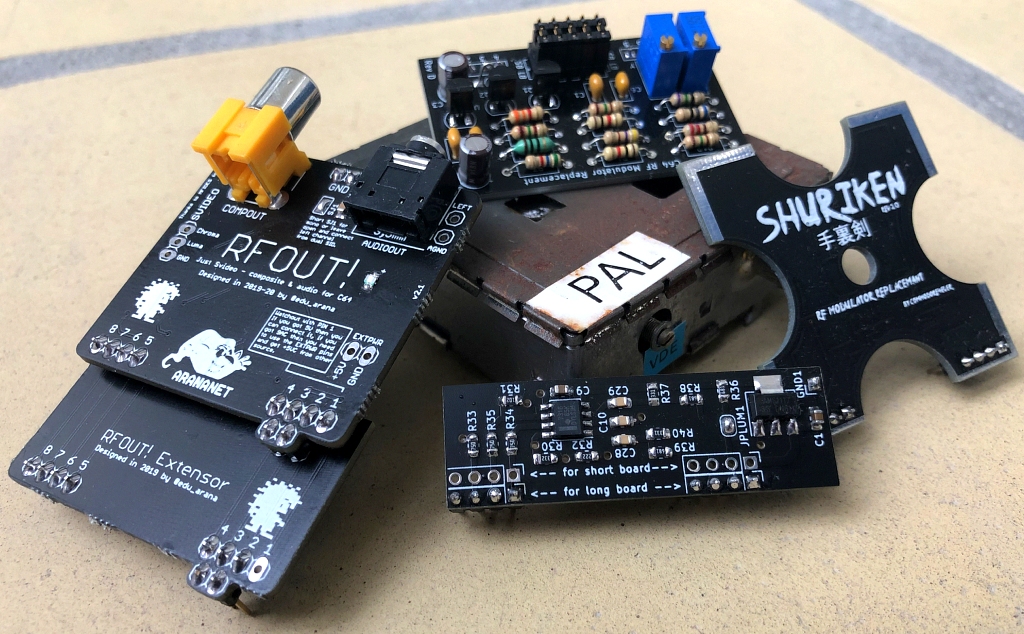
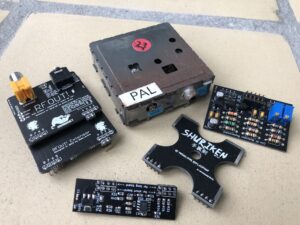
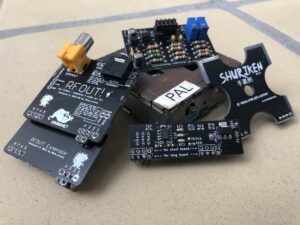
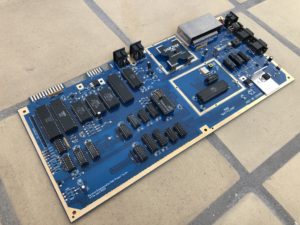
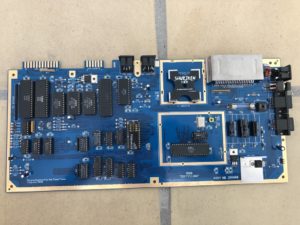
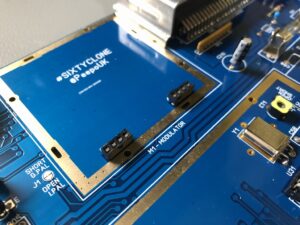
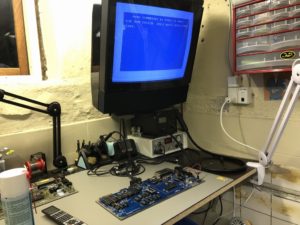
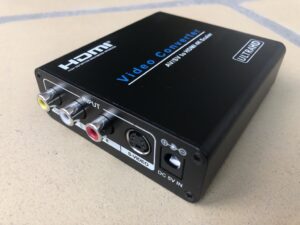
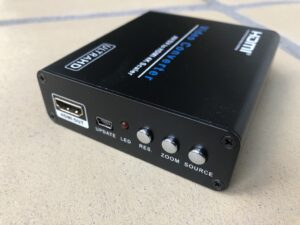
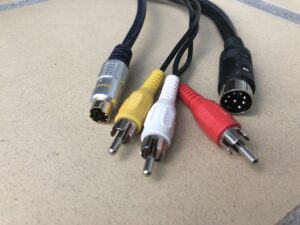
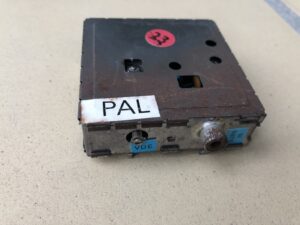
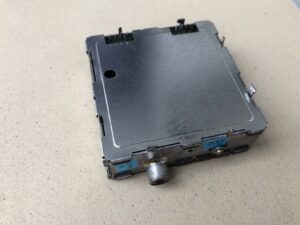
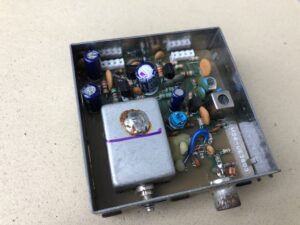
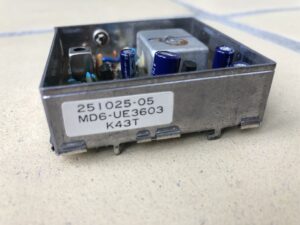
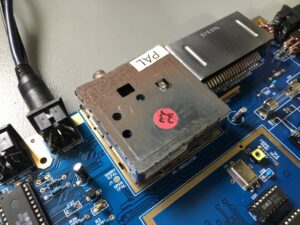
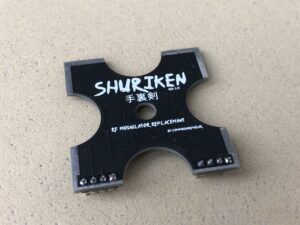
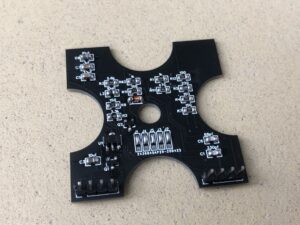
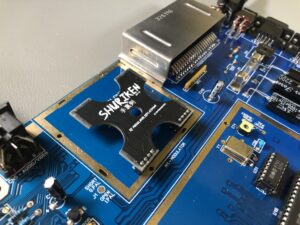
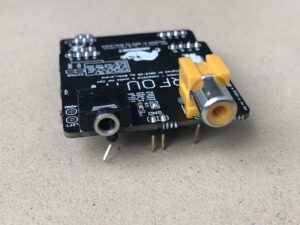
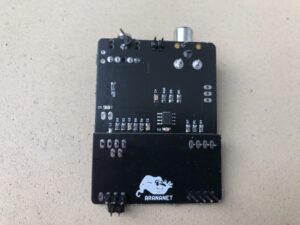
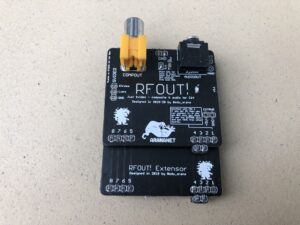
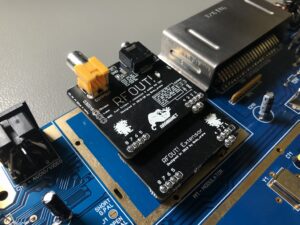
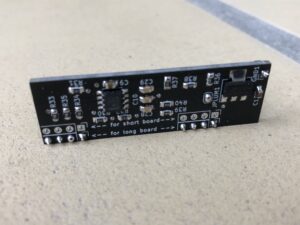
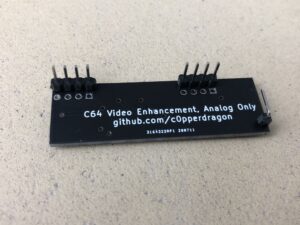
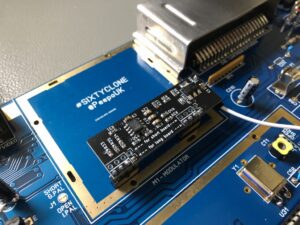
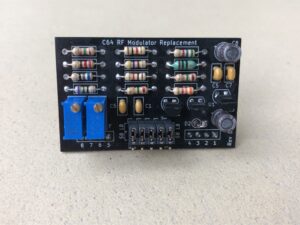
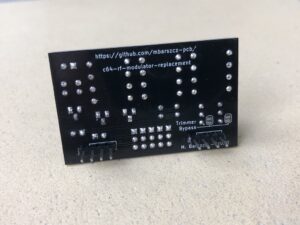
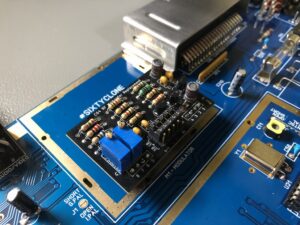
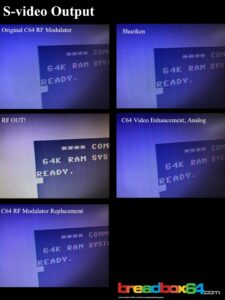
Thanks for your honest review.
You’re welcome. And thanks for letting me include your nice device into the test 🙂